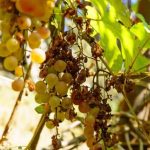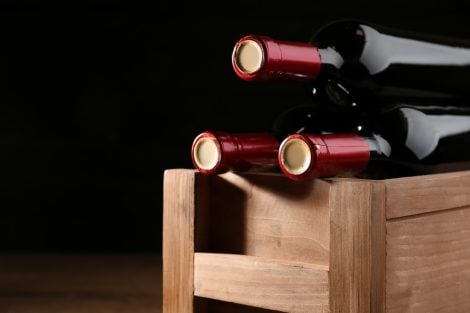The wine heart of Puglia beats red. While there has been notable expertise in white wines in recent years, especially with the rediscovery of forgotten or disparaged indigenous varieties, red grape varieties still provide the greatest satisfaction in terms of quality and commercial success.
Having covered the "Primitivo" topic, showcasing labels with the best quality-price ratio, this time we turn the spotlight on another major player in the Apulian vineyards: Negroamaro.
Its origins are ancient, possibly arriving in Puglia with the migrations of Greek colonists in antiquity. Various hypotheses surround its name: some suggest that the adjective "amaro" (bitter), sometimes written separately from "negro," indicates the wine's power and tannic density. Others derive it from ancient Greek "amauròs," meaning "dark, black," describing the impenetrable appearance of the resulting wine. There are other theories, but the certain fact is that the grape variety's name is first mentioned in a written text only in the 19th century.
Once widespread in various Southern Italian regions, it was cultivated in Campania, near Pozzuoli, in the countryside around Barletta, and in Bari. Currently, the provinces of Brindisi and Lecce host Negroamaro, often vinified as a single variety but occasionally paired with Primitivo.
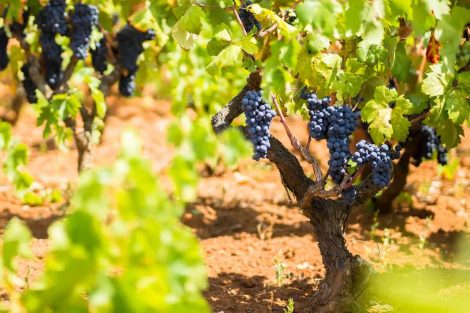
The Best Quality-Price Ratio Negroamaro Wines
In the following list, you will find a selection of wines made from Negroamaro grapes reviewed in the Gambero Rosso's Berebene 2024 guide, which recognizes the best wines priced below 20 euros on the shelf.
N° Zero Negroamaro 2022. Aged only in steel, it reveals scents of wild black fruits, humus, and Mediterranean scrub on the nose. The palate offers good substance, agility, and easy drinkability. The Marangelli brothers' winery, established about twenty years ago, manages 50 hectares of owned vineyards, complemented by a "negoce" activity relying on trusted suppliers monitored year-round by the company's staff.
Negroamaro 2021 from I Buongiorno Winery. Processed exclusively in steel, it presents aromas of wild black fruits and Mediterranean scrub on the nose, while the palate is lively, well-supported by acidity, long, and pleasant. The Buongiorno family's winery has about ten hectares of bush-trained vines in the Carovigno area, cultivating traditional local varieties for consistently reliable and high-quality production.
Notarpanaro 2018. Featuring scents of wild black fruits, Mediterranean scrub, and spicy nuances, it follows with a enveloping palate, good persistence, and a juicy and pleasant finish. The vineyards of this historic winery, a protagonist in Apulian winemaking for over half a century, are located between Guagnano, Salice Salentino, and San Donaci, on sandy and limestone soils, predominantly cultivated as bush vines.
Salice Salentino 2022 La Pruina. With aromas of wild berries and Mediterranean scrub, it is juicy, savory, with noticeable but pleasant and fresh tannins. The D'Apolito winery, born in the 1980s, only started bottling its own products under the La Pruina name about a decade ago. They cultivate 20 hectares of organically managed vines, including old bush-trained Negroamaro vines.
Salice Salentino Cantalupi Riserva 2020. Featuring tones of Mediterranean scrub, toasty and fruity notes, with hints of plum and black plum on the nose. The palate has tannins still evident and a savory and juicy finish. The Zecca family's winery has four estate-owned properties: Donna Marzia, Santo Stefano, and Saraceno in Leverano, while Cantalupi is located in Salice Salentino.
Salice Salentino Vereto Riserva 2021. Highlights aromas of wild berries, licorice, and chinotto, it is balanced, juicy, rich in fruit, with a pleasant finish of good tension. La Vallone is organized into three bodies: one in the Brindisi denomination, where the winery is located, one in Salice Salentino, with nearly century-old bush-trained Negroamaro vines, and the third in the Torre Guaceto nature reserve.
Salice Salentino Rosso Selvarossa Riserva 2020. Expressing notes of toasting, sweet spices, and black fruits, it has good thickness, rich fruit, and a long and pleasant finish. This large cooperative winery is one of the most important in the region, consisting of 1,200 contributing members, working a vineyard park located between the provinces of Brindisi, Taranto, and Lecce, with 40% of the vineyards cultivated with Puglian bush vines.
Vecchio Sogno Negroamaro 2021. Presents tones of Mediterranean scrub and humus, with notes of black fruits, and a lively and fresh palate, good structure, and a long finish. The Papadopoli family has been bottling its products since 2005. The estate vineyards are mainly located in San Giorgio Jonico, a short walk from the Mar Piccolo, well-ventilated, on clayey and sandy soil.


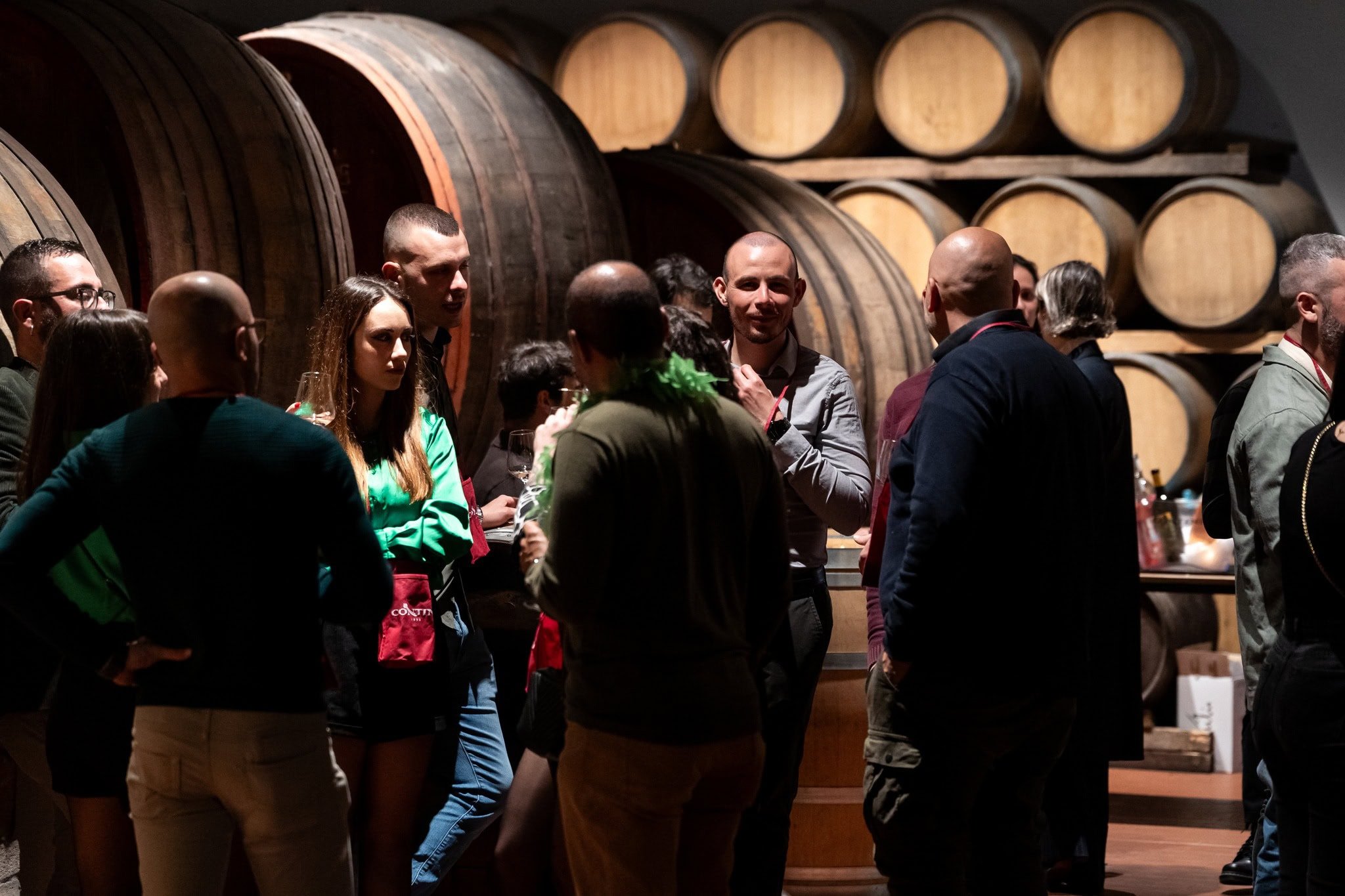 Here are ten Rare Wines you absolutely must try
Here are ten Rare Wines you absolutely must try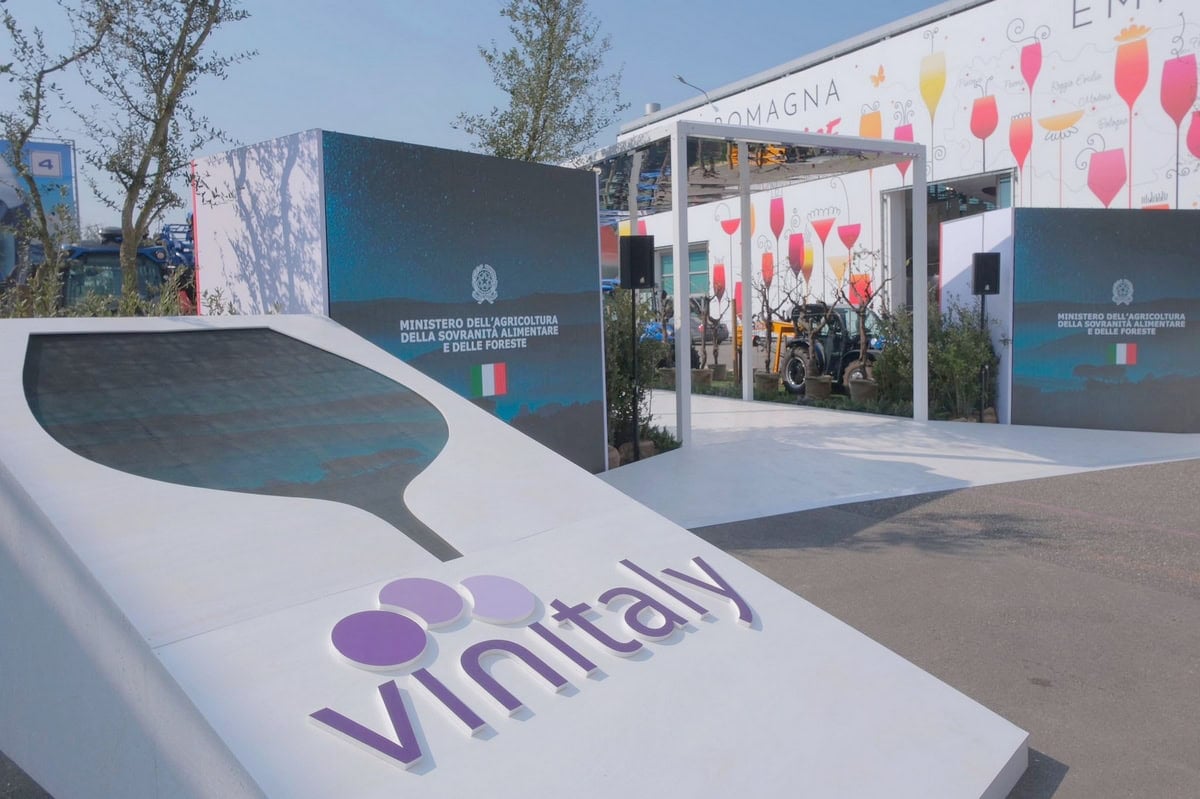 The “Tariff Vinitaly” closes with 97,000 attendees: one third from abroad. See you on 12 April 2026
The “Tariff Vinitaly” closes with 97,000 attendees: one third from abroad. See you on 12 April 2026 Trump “freezes” tariffs for 90 days. UIV: “Now work towards zero tariffs on wine too”
Trump “freezes” tariffs for 90 days. UIV: “Now work towards zero tariffs on wine too” Dealcoholised wines, everyone halt: production in Italy is blocked until 2026
Dealcoholised wines, everyone halt: production in Italy is blocked until 2026 Arianna Occhipinti surprises everyone and returns to Verona: "There are too many natural wine fairs, and they’re too scattered"
Arianna Occhipinti surprises everyone and returns to Verona: "There are too many natural wine fairs, and they’re too scattered"